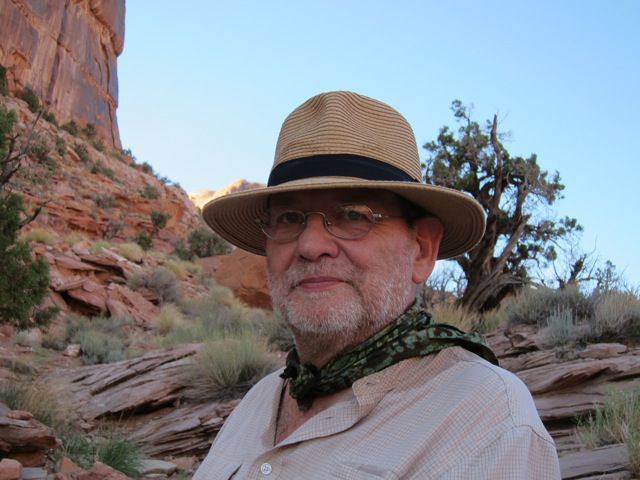Some information may be outdated.
On July 27, Sen. Mike Lee held a Congressional hearing in Blanding. On July 16, U.S. Interior Secretary Sally Jewell and Agriculture Under Secretary Robert Bonnie held a listening session in Bluff. These were very different meetings.
Jewell and Bonnie listened to a large array of people – some specifically invited, but more who showed up because they cared. Lee orchestrated a set of invited witnesses – very typical of how congressional hearings work these days. I attended both.
Lee praised the Navajo culture and stated that their culture would disappear if they lost access to their historic lands. He claimed the Bears Ears National Monument would result in that loss of their culture. He must have read a different version of the Bears Ears Inter-Tribal Coalition monument proposal than the public version widely available.
Gov. Gary Herbert said the current PLI bill was not the final bill. Six minutes later, Rep. Rob Bishop said the PLI was finished and he did not want to see much change.
Lee and Bishop both said the PLI would give the tribes co-management.
Bishop said the president could not give the tribes co-management; only Congress could. Bishop claimed he was changing the law so that the tribes could have co-management. He went on and on about this, as though he had a point to make.
I could not remember anything about co-management in the PLI. I did a word search. Co-management does not appear in the PLI.
The PLI creates a Bears Ears National Conservation Area that is less than half the size of the monument proposed by the tribes. The PLI reiterates the ability of the tribes to be cooperating agencies, a role they share with the state, county, participating federal agencies and other organizations.
The only addition here is the authority of any tribe asking for cooperating agency status to become part of a tribal commission.
This commission, in turn, can choose a representative to serve on the Bears Ears Advisory Council as one of 10 council members. This BE Advisory Council will oversee the preparation of a management plan for the Bears Ears NCA. Using co-management to describe this level of authority gives the word a new and unusual meaning, something politicians are particularly adept at creating.
The PLI does not indicate the tribes have representation on the PLI Advisory Council that will oversee the implementation of the PLI. That probably would not matter since there are already 22 designated members’ slots.
Herbert noted that Providence, Rhode Island, spends $69 million on law enforcement every year, while the National Landscape Conservation Service, covering millions of acres, only spends $64 million. The NLCS is a part of the BLM that oversees NCAs, BLM wilderness, and BLM national monuments.
He said this without embarrassment or irony, apparently not realizing that two of the people responsible for this disparity were present on the dais. Our delegation has been leading the effort to starve land management agencies. This year, Lee and Rep. Jason Chaffetz both introduced legislation that would eliminate funding for law enforcement by the BLM and Forest Service.
Bishop forced the BENM and PLI into a single complex discussion.
The PLI will fail on its own lack of merit. It designates fewer lands as wilderness than already have wilderness level or better protection. It prohibits our land management agencies from considering natural, roadless and wilderness qualities when making decisions on over 5 million acres of public lands and national forests. It demeans the idea of wilderness as created by Congress in the Wilderness Act, with multiple exceptions and management that is counter to the intent of Congress.
2016 looks a lot like 1996. In 1995, Bishop’s predecessor and the Utah congressional delegation attempted to pass a controversial wilderness bill.
In 1996, they continued the effort while promoting a coal mine for a Dutch company on the remote Smokey Mountain. President Clinton designated the Grand Staircase-Escalante National Monument in 1996 in response.
In 2016, the delegation is again pushing a controversial public lands bill with the BLM poised to permit an enlarged uranium mine in remote Red Canyon within the BENM. In 2016, the delegation faces the opposition of the Bears Ears Inter-Tribal Coalition, whose proposal is supported by Native American nations across our country.
The PLI also faces the opposition of local and national conservation organizations. No one should be surprised if 2016 turns out like 1996.
Lee asked the audience, “In what universe is it fair for the government to own so much land?” He asked the wrong question.
He should have asked, “In what universe is it fair for the public to own so much land?” I would say any universe worth living in.
Wayne Hoskisson is a longtime Sierra Club volunteer devoted to wilderness and public lands. He lives in Moab.
Appreciate the coverage? Help keep local news alive.
Chip in to support the Moab Sun News.



